The Fiat 850 It is a car produced by the Italian car manufacturer Fiat, from 1964 to 1973. Heir to the Fiat 600, the 850 she managed to distinguish herself as compact And comfortablebecoming very popular in Italy and other markets around the world, in the 60s and 70s, with over two million copies sold.
Historic Fiat 850, history and technical features
The Fiat 850 is one of the most important cars produced by Fiat in the 60s, and represents the evolution of the Fiat 600, but with a wider range of versions to meet the needs of the market. Launched in 1964, the 850 was able to attract a large and heterogeneous public, thanks to its combination of compact size, ease of driving and availability in various trims, from the most practical to the sporty par excellence.
The motor of the Fiat 850 was from 843cc (positioned at the rear, as was normal for many Italian cars of the time). This offered more space in the passenger compartment for passengers. The power of this engine varied from 34 horses of the basic version, to the 52 horses of the most powerful version of the sports coupé.
There basic version reached 120 km/h (impressive feature for a small car of the 60s); the sports versionsinstead, they arrived at 145 km/h. In addition, the front suspension system consisted of a transverse leaf spring, while coil springs were used at the rear. The car’s weight of 650 and 720 kg – depending on the version – contributed to the agility on the road. The rear-wheel drive and the engine behind the axle created a good balance in the gear changes, especially in sporty sections.
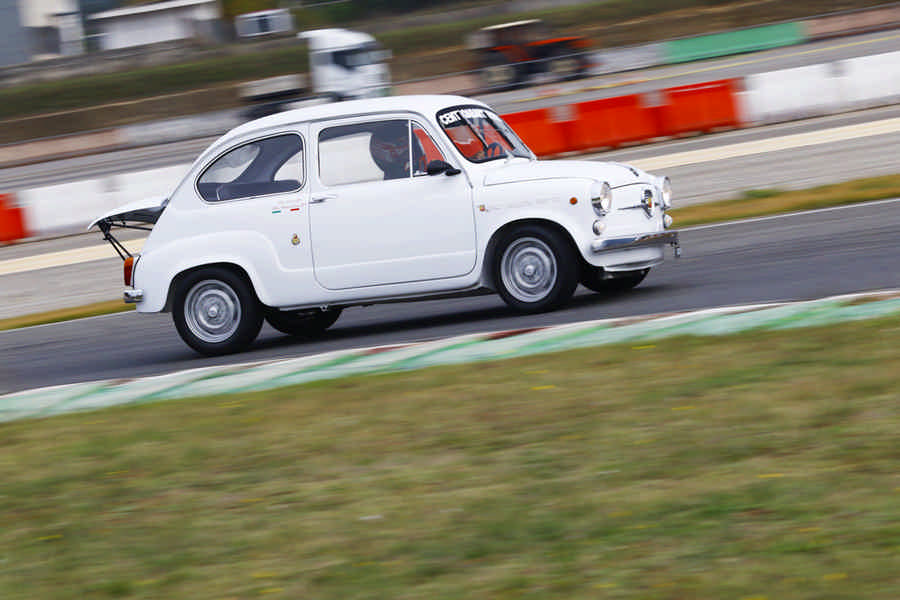
In Italy the 850 series found a very large audience. Also Charles Abarth – an Austrian entrepreneur naturalized Italian born in Vienna – fell in love with this car. The latter implemented a 1.6-liter engine on the Berlina, which pushed it to a maximum speed of 211 km/h and 155 horsepower. Then the Fiat-Abarth 850 TC was born and was produced from 1961 to 1969.
ENGINE – it had a 4-cylinder in-line petrol engine, longitudinal rear, lateral camshaft, overhead valves 847 cm³, with a power of 52 HP at 5,800 rpm and reached a speed of 140 km/h with a weight of 610 kg.
Fiat 850, the various versions
One of the main strengths of the Fiat 850 is its versatility, with variants designed to satisfy different market segments. Among its versions, we find:
- There Fiat 850 Sedan: more spacious and popular than the 850 Berlina, characterized by a three-volume design, 4 comfortable seats, and a solid body about 3.6 meters long. Born for families, the interior was comfortable despite the size, perfect for city use and for short trips. Compactness was one of its strong points, making it a vehicle much appreciated by Italian families.
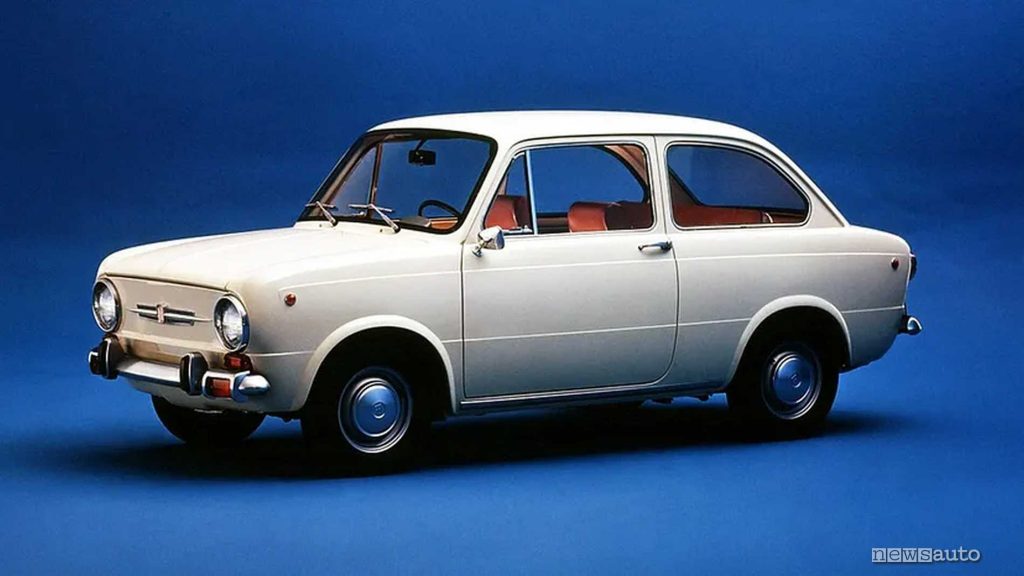
- There Fiat 850 Coupe: introduced shortly after the launch of the sedan, it was designed for young people, as it was dynamic. With a sportier and more aerodynamic design, it was characterized by front headlights and a lower roofline. Its engine had been increased to 47 horsepower; therefore it boasted better performance than the sedan. The interior was updated, with bucket seats and a sporty dashboard, making it one of the most popular small coupés of its time.
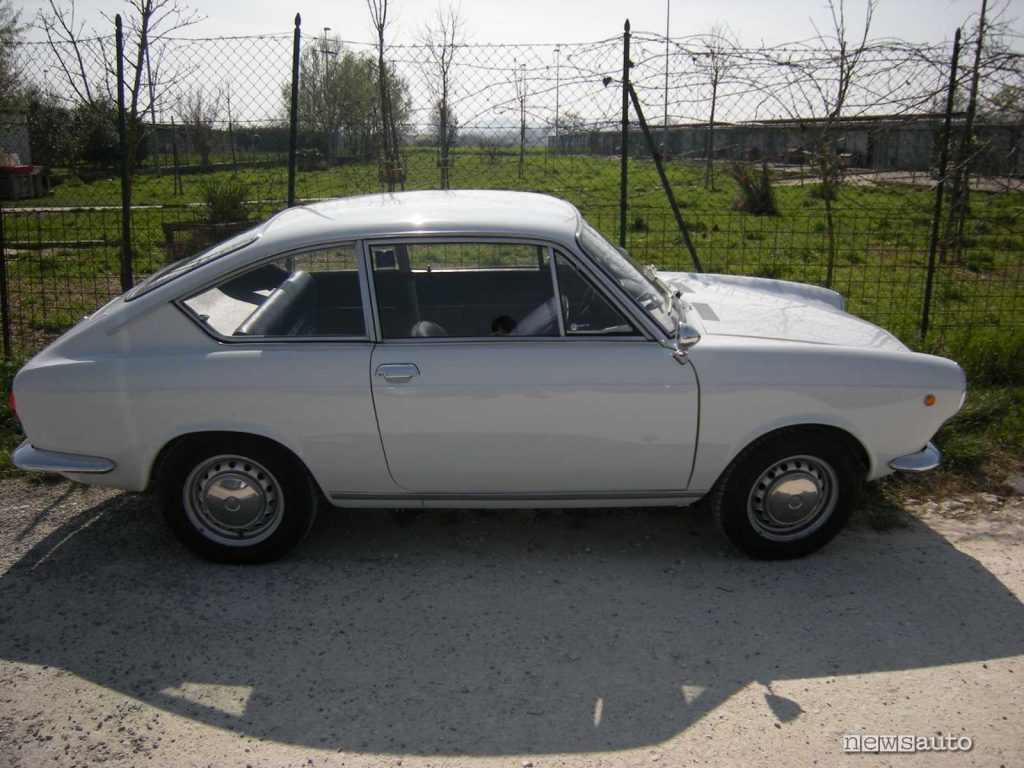
- There Fiat 850 Spider: one of the most beautiful and famous versions of this series, designed by the famous designer Bertone. This Cabriolet version was launched in 1965 and quickly became one of the most popular Spiders thanks to its elegant design and compact dimensions. Initially the coupé was equipped with the same 47 HP engine, but in later versions it was increased to 52 HP. It became popular not only in Europe, but also in the United States.
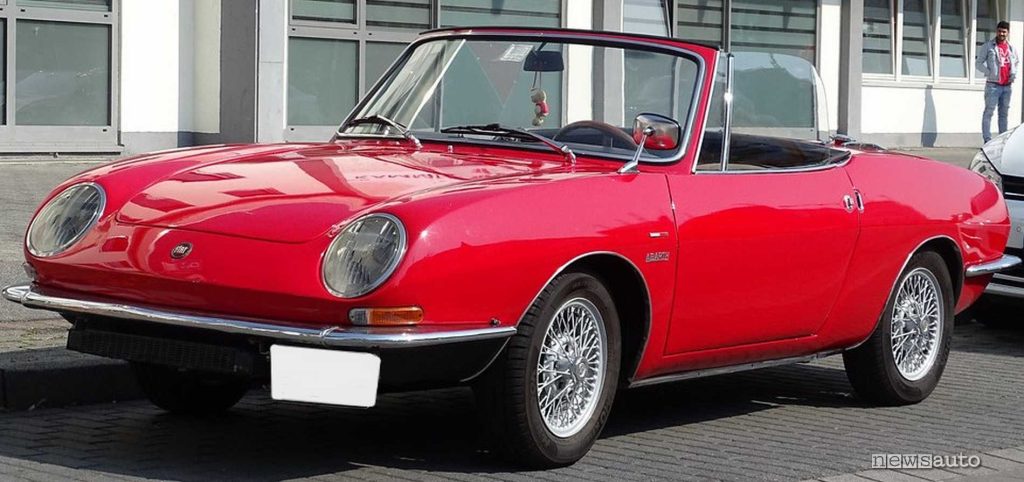
- There Fiat 850 Family (or Fiat 850 T): designed for those who wanted more space for the family. It was in fact a small station wagon with more space (it could carry up to five passengers, and a larger bag). The Fiat 850 T, on the other hand, was a light vehicle (practically a van) used for commercial purposes and ideal for transporting light goods.
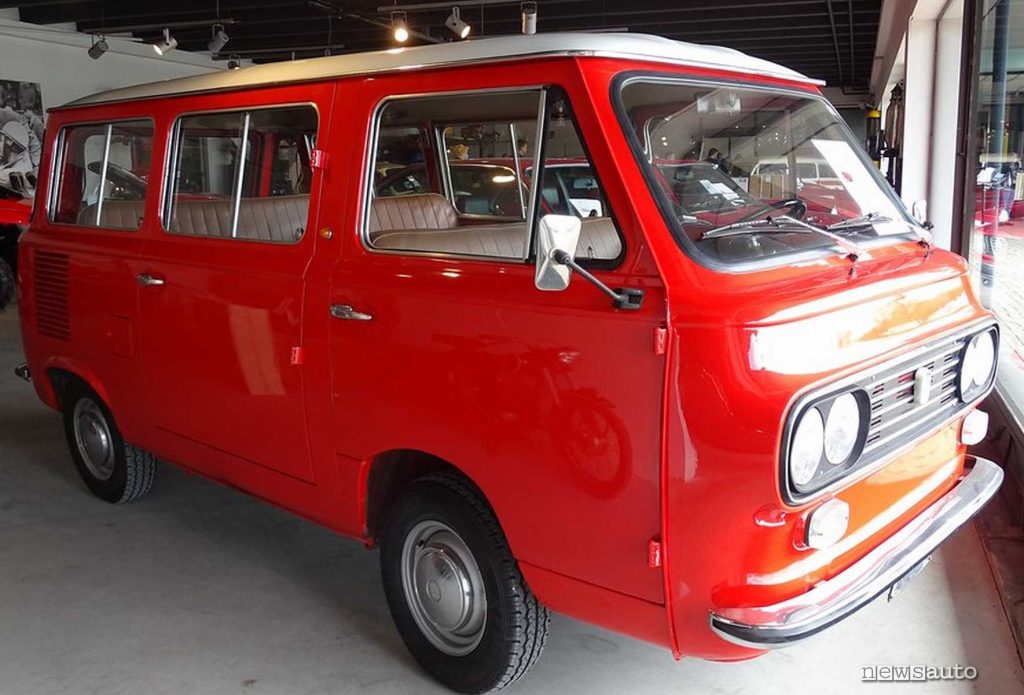
In addition to the standard versions, Fiat presented several variants and special editions; among these, the most iconic it was the Fiat 850 Special. This last one was the version more powerful than the sedanwith an engine brought to 47 horsessimilar to that of the coupé version.
Fiat 850, curiosities
The Fiat 850 was a great commercial success, with over 2.2 million units produced in all variants. It was one of the best-selling cars in Italyand not only that; in fact it came also distributed abroadespecially in markets such as Spain, Yugoslavia and Latin America. Furthermore, The Fiat 850 Spider was a great success especially in the United Stateswhere it was sold as an economy variant.
This model has played a important role in establishing Fiat’s image as a manufacturer capable of combining design, economy and performance. The Fiat 850 has also been the protagonist of many films of the time, and became an icon of popular Italian automotive culture. The mechanics of the 850 were also used for foreign projects (it was the basis for sports cars and artisanal cars produced by coachbuilders and small Italian companies such as Abarth).
Fiat 850, a legacy without equal
Although the Fiat 850 ended production in 1973, its influence continued throughout the 1970s. The 850 left a legacy as a popular, comfortable and fun car, characteristics that confirmed Fiat’s ability to design vehicles for a wide range of users. In addition, The Coupé and Spider versions are now considered true classic cars, highly sought after by collectors (with the possibility of seeing them at events such as rallies and vintage car competitions).
In short, the Fiat 850 represents a turning point in the history of Italian cars and perfectly embodies the spirit of the times: it is comfortable and functional, but has that elegance and sportiness that made it iconic. It has obviously also been the subject of many elaborations.
Below you can see a FIAT 850 with a Ferrari V8 engine tested on the track by the magazine’s testers ELABORARE and published in issue 196 July-August 2014
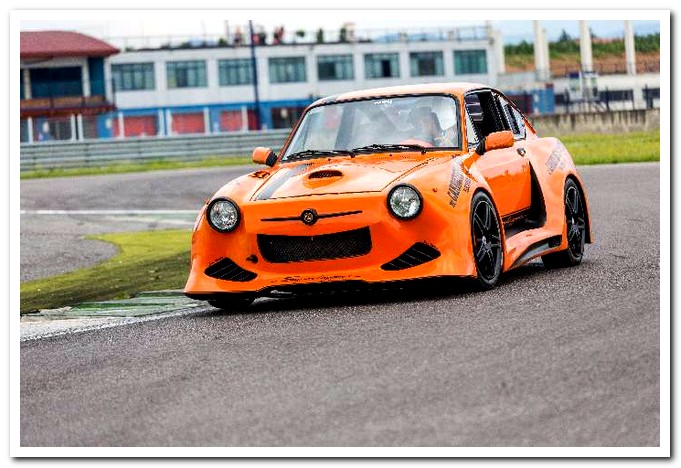
The sound of the FERRARI V8 engine on the 850 “superleggera”
#Fiat #iconic #historic #vehicle #turns